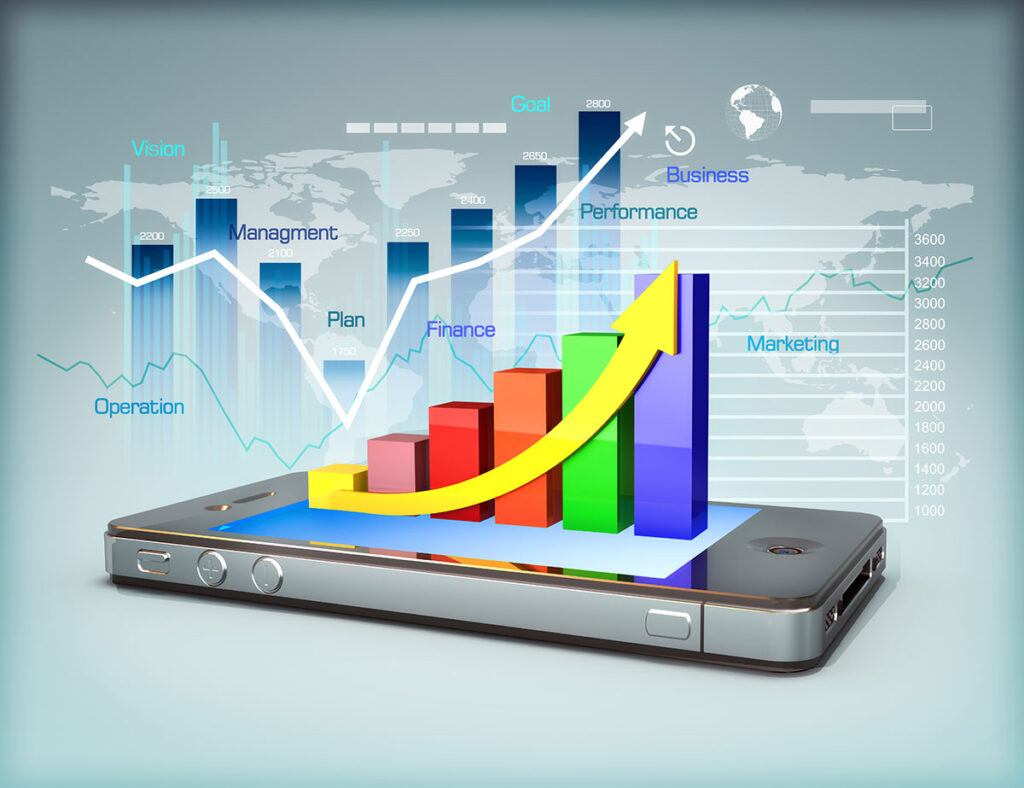Replace Excel with Forecasting Budgeting and Planning Software

Businesses are in need of these modern systems to help them turn data into business insight. Budgeting, planning and forecasting software also offers analytics and reporting.
The Benefits of Budgeting, Planning and Forecasting Software
Finance managers, business advisors, CFOs or business owners can create more accurate budgets and analyze what-if scenarios using budgeting, planning and forecasting software. Excel spreadsheets pose challenges to businesses in the realms of security, control, consolidation, workflow and automation.
Here are the benefits of using forecasting, budgeting and planning software:
Automates your annual budgeting process.
- Consolidates and centralizes a business’s financial information.
- Plan a company’s financial direction for the next three to five years.
- Document how this overall plan will be followed through month-to-month and specify expenditures.
- Forecast finances using past company data to predict financial outcomes for the future.
- Consistency across reports.
5 Signs That You Need Budgeting, Planning and Forecasting Software
- You do more work than you should
When you need to do more work than you should to validate data analysis, it’s time to switch to a dedicated budgeting, planning and forecasting tool.
“When the design, logic and algorithms in an Excel spreadsheet need to be independently reviewed for accuracy using the same testing and validation processes used in software development, that’s a good indication it’s time to question whether the Excel approach is still valid, said former Chief Information Officer Rob Livingstone, owner and principal of Rob Livingstone Advisory Pty. Ltd., in a TechTarget article.
- When more than one person needs access to financial data
When one person is managing financial data in Excel, and there’s inaccuracy or other errors, then that one person is to blame. But, when multiple people like the CFO or a VP of sales need to analyze data in Excel and use it to crunch numbers, it’s time to upgrade to financial software. When there is multiple hands in the process, it can be difficult to pinpoint the source of the wrong information.
If your company has grown – maybe it’s moved into new markets, increased employees, or created new products – setting up and maintaining different budgets in Excel can be time-consuming and labor-intensive. When you are a small company, managing spreadsheets isn’t as difficult, but when you start growing, you need input from different people within your organization and you’ll have to consolidate their spreadsheets.
Financial software consolidates your data for you so you don’t have to. If you realize you have outgrown Excel, now is time to move on to using budgeting, planning and forecasting software.
- There is not consistency
If you have different divisions within your company working on spreadsheets and sending them to higher-ups for analysis and approval, your reports need consistency. But, sometimes consistency is difficult to achieve in Excel.
It can be cumbersome to align all reports into a corporate format and organize them all the same way. Financial software programs, such as iCFO, provide consistency and can even allow you to use your company’s logo on generated reports.
- You are lacking confidence in your Budgeting, Planning and Forecasting process
You most likely feel comfortable using Excel at work and at home. But, sometimes businesses don’t feel confident in their tight budgets they produced in Excel. Because of all these aforementioned challenges, it’s no wonder you lack confidence in your BP&F process and data. And, with so many choices of financial software programs, Excel is dwarfed among the competition.
BP&F software facilitates businesses in budgeting, planning and forecasting by providing greater visibility into the company’s data. This is essential for successful decision-making and accurately reflecting your current financial state.


